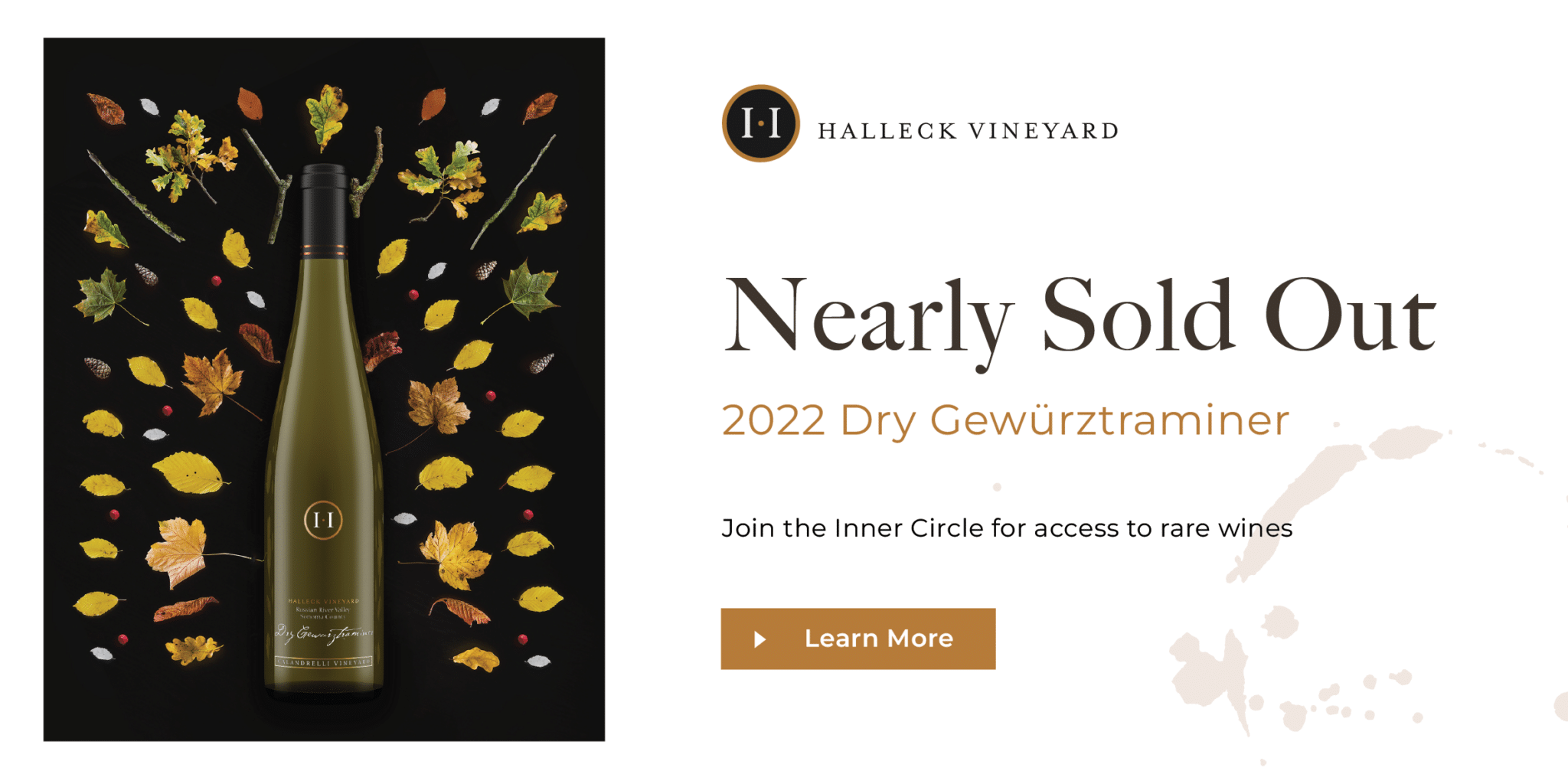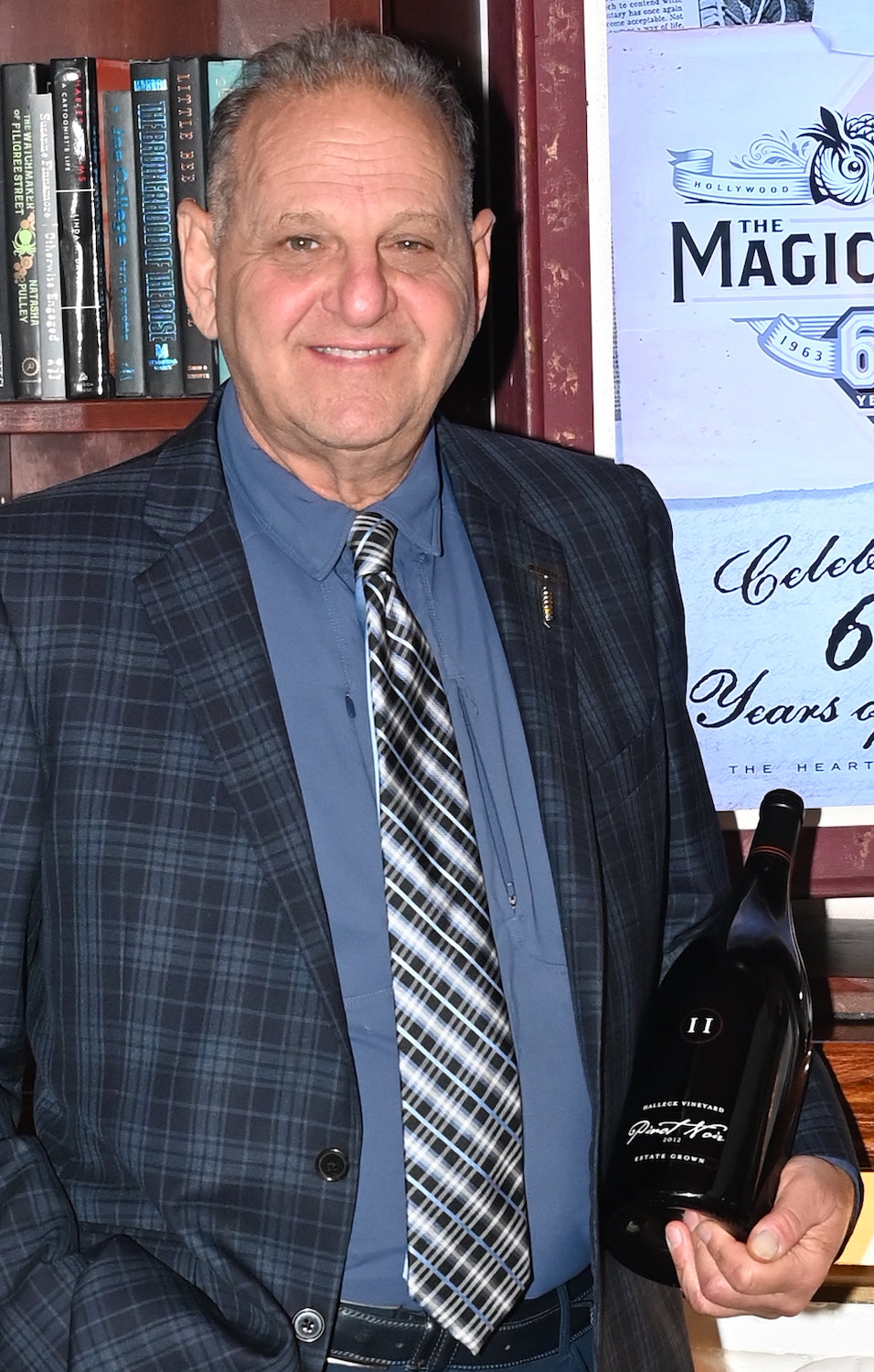Breathtaking Views From Sonoma Wineries - Best Winery Located In Sonoma
Breathtaking Views From Sonoma Wineries - Best Winery Located In Sonoma
Blog Article
Elegant Wine Tasting Locations In Sonoma - Vineyards Near Sebastopol
Wine tasting is an art that requires practice and an understanding of assorted aspects involved in the process. One essential factor of wine tasting is the event and interpretation of tasting notes, which function a guide for each novices and seasoned connoisseurs. A Guide To Understanding Winery Wine Tasting Notes can improve your wine-tasting experience, making it extra significant and enjoyable.

Tasting notes are concise descriptions that seize the essence of a wine’s flavors, aromas, and overall character. Often composed by professional tasters, winery tasting notes provide insights into the nuances of various wines. They might help wine enthusiasts perceive what to expect from a particular bottle. Nevertheless, tasting notes can range widely in style and detail primarily based on the author's experience and palate.
Wineries Specializing In Sparkling Wines - Local Wineries In Sebastopol
When you first method a glass of wine, your senses will start to have interaction immediately. The sight, smell, and style of the wine will converge to provide you an entire experience. Tasting notes typically start with the visual evaluation, the place the color of the wine is taken into consideration. Colour plays a major role in indicating the wine’s age, grape selection, and even its flavor profile.
After assessing the visual side, the subsequent step involves swirling the wine within the glass. This action aerates the wine, permitting its aromas to awaken. Smelling the wine offers critical insight into its complexity. The preliminary sniff can deliver a flood of scents that will embrace fruity, floral, herbal, or earthy notes. This is usually the most subjective a part of tasting, as individual experiences can dramatically differ.
In winery tasting notes, descriptors are often categorized into major, secondary, and tertiary aromas. Primary aromas normally stem from the grape variety, secondary aromas derive from fermentation processes, and tertiary aromas come up from getting older. Understanding these categories may help you appreciate the depth of a wine, and so they additionally give you the vocabulary to specific your experience better.
Wineries Ideal For Romantic Getaways - Sonoma Vineyards For A Perfect Day Out
Following the olfactory encounter, your focus will shift to the taste of the wine. This is the place the first characteristics—sweetness, acidity, tannins, alcohol—come into play. Tasting notes typically detail these flavors in a quantity of dimensions, together with the initial assault in your palate to the lingering finish in your tongue. A high-quality wine will current a harmonious balance between these components.
While tasting, it is important to contemplate the physique of the wine, which can be described as light, medium, or full. The physique contributes considerably to your overall impression, serving to you contemplate how the wine pairs with food or whether it stands alone as a sipping wine. Balancing the physique with the other traits will give you a fuller understanding of what the wine has to supply.
The end of the wine, additionally referred to as the aftertaste, is another important facet usually included in tasting notes. A long, nice end often indicates a higher quality wine, while a brief or cloying aftertaste might counsel in any other case. Evaluating the end can supply further perception into the wine's complexity and distinction.
Understanding the context of winery tasting notes can be valuable. Tasting notes can present contextual information about the winery's location, climate, and grape-growing practices. This context adds one other layer of appreciation for the wine, allowing enthusiasts to attach the sensory experience with its origins, thus enhancing the enjoyment further.
Wineries Promoting Wine Club Memberships - Sonoma's Hidden Winery Gems
Many wineries present tasting notes on their websites or labels, often written in an approachable but informative style. Nevertheless, not all winery tasting notes are created equal. Some could also be overly technical, while others would possibly prioritize advertising flair over insightful analysis. Studying to navigate these notes can arm you with the information to make informed choices when deciding on wines.
Taking Part in tastings at wineries can also deepen your understanding of wine tasting notes. Interacting with knowledgeable workers may give you a more hands-on method to exploring totally different wines and the language used to describe them. Wineries With A Focus On Syrah. You May have the chance to ask questions, interact in discussions, and potentially refine your palate in real time.
Experimentation is crucial for mastering wine tasting notes. As you pattern totally different wines, try making your personal notes. Focus on describing the wine’s color, aroma, taste, and end. Over time, you’ll develop a personal vocabulary that resonates with your sensory experiences. Every note you create will help refine your palate, allowing you to understand wines at a deeper degree.
Interactive Wine Tasting Experiences In Sonoma - Sonoma’s Lush Vineyard Landscapes
In conclusion, a Guide To Understanding Winery Wine Tasting Notes presents a comprehensive framework for diving into the world of wines. It equips you with the strategies and language necessary to articulate your experiences. Whether you are a casual drinker or a dedicated aficionado, understanding and utilizing tasting notes can profoundly impact your wine journey. This knowledge not only enhances your enjoyment but also connects you deeply with the rich narratives each bottle tells. By embracing this journey, you become a part of the attractive mosaic of wine tradition, the place each sip unveils a new story waiting to be found.
- Wine tasting notes sometimes embody a selection of sensory descriptions, including aroma, flavor, acidity, body, and finish, permitting tasters to totally respect the wine's characteristics.
- To enhance your understanding, familiarize yourself with common wine terminology similar to "tannins," "oakiness," or "terroir," which may help decipher the notes more effectively.
- A systematic strategy to tasting entails first visually assessing the wine's shade and readability, followed by swirling to release aromas, then inhaling and describing what you experience.
- Taking notes throughout tasting may help establish patterns over time, bettering your palate and making it easier to recall preferences for future selections.
- Do Not overlook the affect of food pairings; tasting notes can differ significantly when a wine is enjoyed with complementary flavors, altering notion and enjoyment.
- Pay attention to the wine’s vintage, as climatic conditions in a given year can considerably have an effect on the final product, including one other layer to the tasting notes.
- Consider the winemaker's style and philosophy, which might form the wine's profile and impact how its notes evolve with every sip.
- Training with totally different grape varieties can broaden your vocabulary; every kind brings distinctive characteristics that may improve your ability to articulate tasting notes successfully.
- Partaking with wine professionals or attending tasting events can provide valuable insights, providing a richer context for understanding personal tasting notes.
- Keep In Mind that tasting is subjective; particular person preferences and experiences will form one’s interpretation of the identical wine, enriching the general enjoyment of wine exploration.
What are wine tasting notes?
Wine tasting notes are descriptive comments made by tasters about the look, aroma, style, and finish of a wine. They provide an overview of the wine's traits and Get More Info may help shoppers understand the style and high quality of the wine.
Wineries Located Near Russian River Valley - Luxury Wine Tasting In Sonoma County
Why are tasting notes important when deciding on wine?
Tasting notes can guide you in choosing a wine that suits your palate. They present insights into flavors and aromas, serving to you to match wines with food or occasions. Understanding these notes enhances your overall wine experience.
How ought to I learn wine tasting notes?
(Hidden Gem Wineries In Sonoma County)
Family Friendly Wineries With Outdoor Spaces - Sonoma Wine Region Vineyards
When studying wine tasting notes, take note of the construction: look for descriptions of shade, aroma, flavor, and finish. This will assist you to grasp the wine's profile and decide if it aligns with your preferences.
What phrases commonly appear in wine tasting notes?
Frequent terms embrace "tannin" (the structure), "acidity" (the crispness), "physique" (the weight), and various flavor descriptors like "fruity," "earthy," or "spicy." Familiarizing yourself with these phrases can deepen your understanding of wine.
Wineries With Estate-Grown Grapes - Greatest Wine Tasting Locations In Sonoma

Can I create my very own tasting notes?
Yes! Writing your own tasting notes can improve your wine tasting experience. Focus in your observations of style, aroma, and different sensory traits. This personal practice might help you refine your palate over time.
How do I determine the aromas in wine tasting notes?
Wine Tasting Tours In Russian River Valley - Exploring The Vineyards Of Sonoma
To establish aromas, practice smelling a selection of scents and associating them with wines. Swirl the wine in your glass to release its aromas, then take a moment to breathe in deeply before figuring out any outstanding scents.

What is the distinction between professional and personal wine tasting notes?
Professional tasting notes might use extra technical language and specific terminology, while personal tasting notes are subjective and replicate individual experiences. Both are valuable for understanding and enjoying wine, however personal notes could resonate more along with your distinctive tastes.
How can tasting notes improve my wine More Bonuses appreciation?
Wineries Known For Their Hospitality - Enjoying Wine In Sebastopol
Tasting notes can improve your appreciation by helping you to grasp and articulate the complexities of wine. They encourage mindful tasting and supply a framework for comparing different wines, leading to a richer enjoyment of the beverage.
Are there any apps or instruments to help with wine tasting notes?
Yes, there are a quantity of apps designed to help users report and organize their tasting notes. These instruments usually offer options like flavor wheel guides and wine database searches, making it simpler to track your journey via completely different wines. Report this page